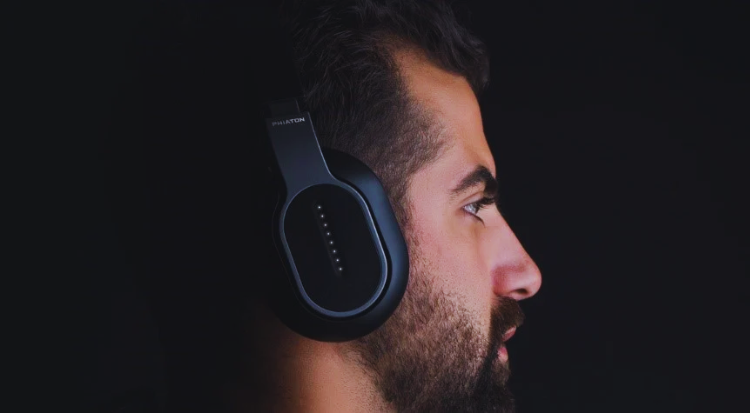Could Wearing Headphones Be Damaging Your Hearing Headphones have become an essential part of modern life, whether for listening to music, attending online meetings, or enjoying podcasts on the go. However, the increasing use of headphones has raised serious concerns among health experts regarding their potential impact on hearing. While they provide convenience and entertainment, prolonged or improper headphone use can carry long-term risks that many people overlook.
One of the most common dangers associated with headphones is **noise-induced hearing loss (NIHL)**. When sound is transmitted directly into the ear canal at high volumes, it can damage the sensitive hair cells inside the cochlea. These cells do not regenerate once destroyed, leading to permanent hearing loss over time. Unfortunately, many individuals listen at unsafe volumes without realizing the irreversible harm being done.
The **duration of exposure** plays a critical role in determining the level of risk. According to audiologists, even moderate sound levels can be harmful if listened to continuously for hours. For instance, listening to music at 85 decibels for more than 8 hours daily can cause damage, while levels above 100 decibels may cause harm in less than 15 minutes. With headphones, people often exceed safe listening limits because the sound feels more immersive and less disruptive than loudspeakers.
Another factor to consider is the **type of headphones** being used. Over-ear headphones generally distribute sound more evenly and reduce the need for extremely high volume, whereas in-ear earbuds deliver sound directly into the ear canal. Noise-canceling headphones, when used responsibly, may reduce the temptation to turn up the volume in noisy environments. However, no matter the type, excessive use can still harm hearing health if volume and exposure times are not managed carefully.
The **symptoms of early hearing damage** may not always be obvious. Many individuals experience ringing in the ears (tinnitus), difficulty understanding conversations in noisy settings, or a general muffling of sounds. Because hearing loss progresses gradually, these warning signs are often ignored until the condition becomes more severe and harder to manage. Early detection and preventive measures are therefore critical.
Protecting hearing while using headphones involves adopting **safe listening practices**. Experts recommend following the “60/60 rule”: listening at no more than 60% of the maximum volume for no longer than 60 minutes at a time, followed by a break. In addition, choosing headphones with good sound quality and noise reduction features can help maintain safe listening levels without sacrificing audio enjoyment.
The impact of headphone overuse extends beyond hearing. Studies suggest that high-volume listening can also contribute to increased stress levels, fatigue, and even interfere with concentration and productivity. In younger populations, particularly teenagers and young adults, the risk is higher because they are more likely to use headphones for extended hours daily. This makes awareness and education about safe listening habits all the more important.
In conclusion, while headphones are a valuable tool for communication, entertainment, and work, they should be used with caution. Hearing is an irreplaceable sense, and once it is compromised, the damage is permanent. By controlling volume levels, limiting usage time, and choosing safer headphone options, individuals can continue enjoying their favorite audio experiences without putting their long-term hearing health at risk.

